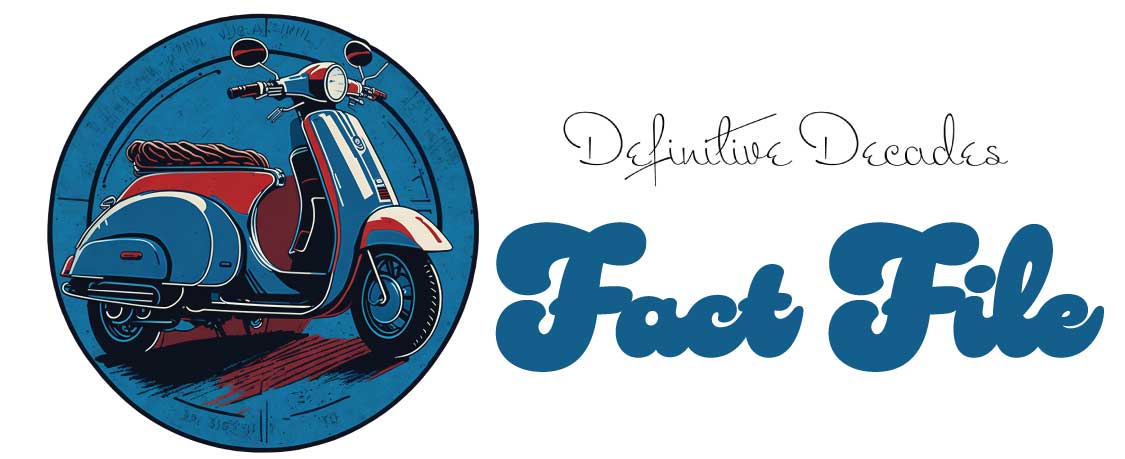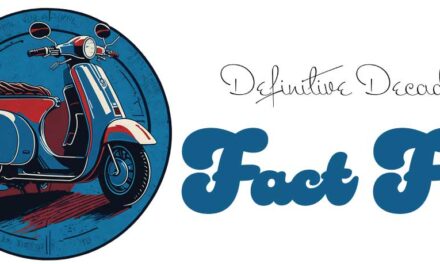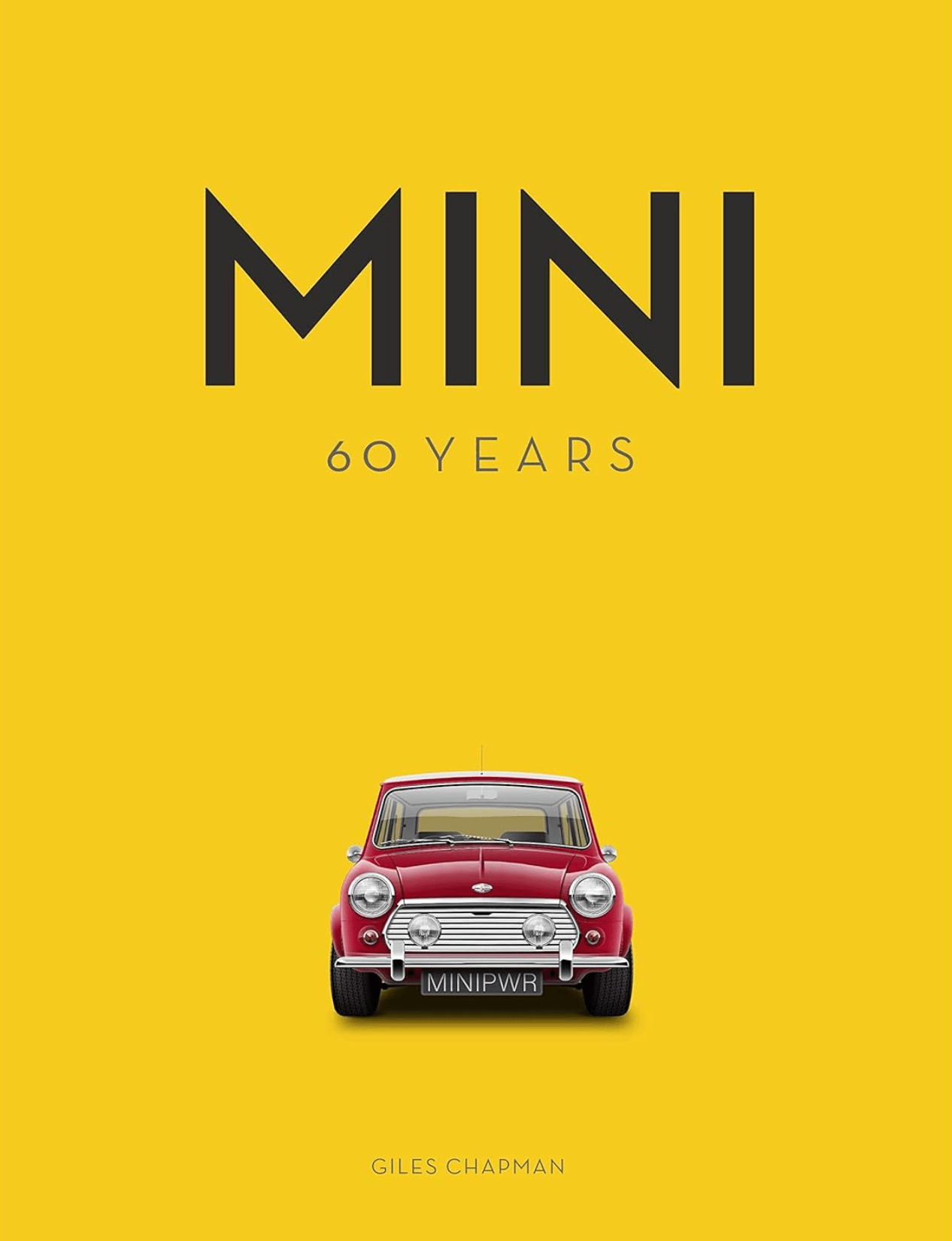“Pink Floyd – The Wall” is a landmark film that combines the elements of a musical, drama, and animation to create a unique and thought-provoking cinematic experience. Released in 1982, the movie serves as both a visual companion to Pink Floyd’s iconic album “The Wall” and as a standalone narrative exploring themes of isolation, disillusionment, and the impact of societal institutions on individuals.
Directed by Alan Parker and written by Roger Waters, the driving force behind Pink Floyd’s music and concept album, “The Wall” was produced by Metro-Goldwyn-Mayer (MGM) Studios. Parker, known for his work on films such as “Midnight Express” and “Fame,” brings a visionary approach to the project, leveraging animation and visual effects to enhance the storytelling.
The film centers around a rock star named Pink, played by famous musician Bob Geldof in his first major acting role. Bound by personal trauma and disillusionment, Pink is haunted by his past and struggles with his own demons. As the film progresses, we are led through his journey of isolation and self-destructive behavior, ultimately culminating in a climactic event that forces Pink to confront his deepest fears and insecurities.
The casting for “Pink Floyd – The Wall” features a talented ensemble, with Bob Geldof leading the way as the troubled protagonist, Pink. The supporting roles include Michael Ensign as the hotel manager, Eleanor David as Pink’s wife, Bob Hoskins as his manager, and Christine Hargreaves as Pink’s overbearing mother. The film also features an array of dynamic visuals and animation sequences created by renowned cartoonist Gerald Scarfe, whose illustrations bring an additional layer of depth and darkness to the story.
Upon its release, “Pink Floyd – The Wall” received mixed reviews from critics, with many praising its dark and visually stunning portrayal of the album’s themes, while others found the film to be overly bleak and inaccessible. However, despite the divided critical reception, the movie struck a chord with audiences, especially Pink Floyd fans, who appreciated the film’s ability to complement and expand upon the album’s emotional impact.
The film experienced moderate success at the box office, grossing over $22 million worldwide. While it may not have achieved blockbuster status, “Pink Floyd – The Wall” remains a cult classic, revered by fans for its innovative storytelling and haunting visuals. The film’s impact on popular culture is undeniable, as its imagery and themes have become iconic symbols associated with both Pink Floyd and the larger counterculture movement of the 1970s and 1980s.
“Pink Floyd – The Wall” continues to have a lasting legacy. Its soundtrack is considered one of Pink Floyd’s greatest achievements, and the film itself has inspired numerous tribute shows and live performances. Although there have been no official sequels or prequels, the success of the film has led to its continued influence on the music and film industries, with many artists and filmmakers drawing inspiration from its bold and imaginative approach.
In conclusion, “Pink Floyd – The Wall” is a visually striking and emotionally resonant film that remains a testament to the enduring power of Pink Floyd’s music and its ability to explore profound themes through the medium of cinema. Its impact on popular culture, combined with the contributions of talented artists such as Alan Parker and Roger Waters, cements its place as a significant and influential work in both the music and film worlds.












